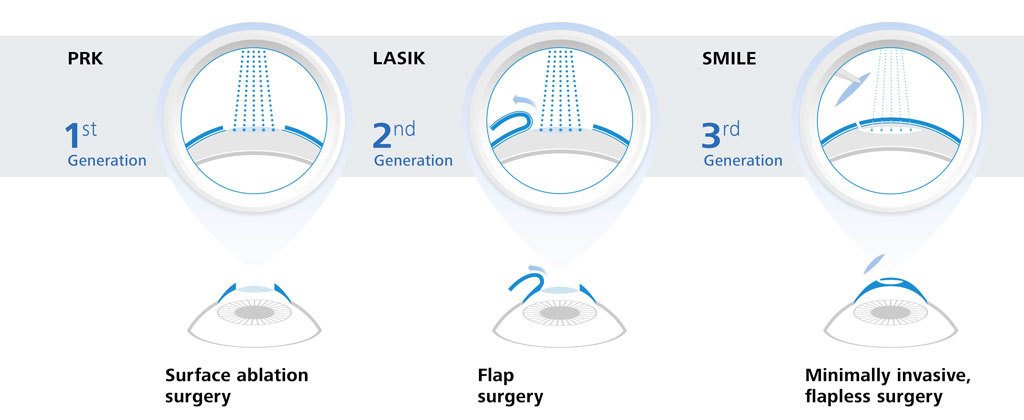Pondering Cataract Surgery? Compare Typical And Laser Strategies To Reveal The Vital Elements That Will Certainly Form Your Vision
Pondering Cataract Surgery? Compare Typical And Laser Strategies To Reveal The Vital Elements That Will Certainly Form Your Vision
Blog Article
Material By-Bruhn Henson
When pondering the selection in between typical cataract surgical treatment and laser-assisted methods, you might find yourself weighing the advantages and downsides each technique offers. The choice exceeds the surface level of price and accuracy, diving into the realm of lasting outcomes and person satisfaction. As you browse through the complexities of these two approaches, it becomes imperative to recognize the nuanced information that can considerably affect your visual quality and general experience. Stay tuned to discover the vital factors that will assist your decision-making procedure in this essential facet of eye care.
Traditional Cataract Surgical Treatment Advantages And Disadvantages
When thinking about traditional cataract surgical treatment, you might find that it's a well-established and widely-used method. In this treatment, a specialist makes a small incision in the eye and uses ultrasound to separate the gloomy lens before removing it. Once the cataract is removed, a man-made lens is inserted to recover clear vision.
Among the primary advantages of conventional cataract surgical treatment is its performance history of success. Numerous patients have actually had their vision significantly boosted with this procedure. Additionally, standard surgery is frequently covered by insurance policy, making it an extra available choice for many people.
Nevertheless, there are some drawbacks to typical cataract surgical procedure as well. Recovery time can be longer compared to newer techniques, and there's a slightly higher threat of difficulties such as infection or swelling. Some clients might additionally experience astigmatism or call for analysis glasses post-surgery.
Laser-Assisted Techniques Pros and Cons
Discovering laser-assisted methods for cataract surgical procedure introduces a contemporary approach that uses laser technology to perform key action in the treatment. Among the primary advantages of laser-assisted cataract surgery is its precision. The laser enables incredibly exact lacerations, which can result in much better visual results. In addition, making use of lasers can decrease the amount of ultrasound power needed during the surgical procedure, potentially reducing the threat of complications such as corneal damage.
On the disadvantage, laser-assisted methods can be extra expensive compared to typical techniques. This cost mightn't be covered by insurance, making it less easily accessible to some individuals.
One more consideration is that not all cataract surgeons are trained in laser modern technology, which can limit your choices for picking a doctor.
Last but not least, while the laser can automate certain aspects of the treatment, the surgery still needs a proficient surgeon to guarantee effective outcomes.
Relative Evaluation of Both Approaches
For a detailed understanding of cataract surgical procedure techniques, it's necessary to conduct a relative analysis of both traditional and laser-assisted approaches.
Traditional cataract surgery involves manual cuts and the use of handheld devices to separate and remove the cloudy lens.
On the other hand, laser-assisted cataract surgical procedure utilizes sophisticated modern technology to create specific incisions and break up the cataract with laser energy prior to removing it.
In terms of precision, laser-assisted methods provide a greater degree of precision contrasted to standard methods. The use of lasers permits customization of the procedure based upon each patient's eye makeup, potentially leading to much better visual outcomes.
However, laser-assisted cataract surgery has a tendency to be much more costly than conventional surgery, which may limit access for some patients.
While both techniques work in restoring vision impaired by cataracts, the selection between conventional and laser-assisted strategies commonly depends on variables such as price, precision, and specific client demands.
Consulting with your ophthalmologist can assist determine one of the most appropriate technique for your cataract surgery.
see this page
To conclude, when choosing in between typical cataract surgical treatment and laser-assisted methods, take into consideration variables like price, precision, and specific demands. Standard surgery offers a tested performance history and insurance protection however may feature longer recuperation times. Laser-assisted strategies provide greater precision and modification yet can be much more expensive and not constantly covered by insurance. Ultimately, the option in between both techniques depends on what is crucial to you and your specific situation.
